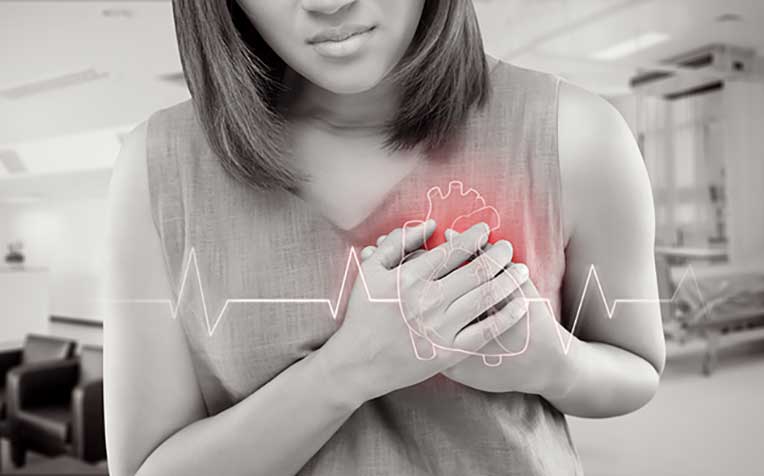
Heart failure in women occurs differently, compared to men. It often goes undetected, is less understood and there are no life-saving drugs for it.
More women than men get a type of heart failure that is less understood, less detected and has no cure yet.
Called heart failure with preserved ejection fraction (HFpEF) or diastolic heart failure, it happens when the heart pumps normally but fails to relax or fill properly because it gets stiff.
Young women can get heart failure too
Heart attacks worse in women
- Big arteries, it can also involve
- Small arteries (microvascular disease)
These blockages cannot be seen on an angiogram, and no stent is small enough to be put inside them.
Another cause of heart attacks in women is stress-induced cardiomyopathy (broken heart syndrome or Takotsubo cardiomyopathy). Here, severe stress triggers a massive heart attack even when there are no blockages in the arteries. More prone to this are older, post-menopausal women receiving severe bad news.
“It’s pure stress. The adrenalin and stress hormones can be so strong that they cause the arteries to constrict. When there’s no blood supply to the heart muscle, it results in a heart attack.”
- Central chest pain
- Jaw or neck tightness
- Back pain
- Gastric pain
Diabetes poses a risk
Contributed by


















 Get it on Google Play
Get it on Google Play